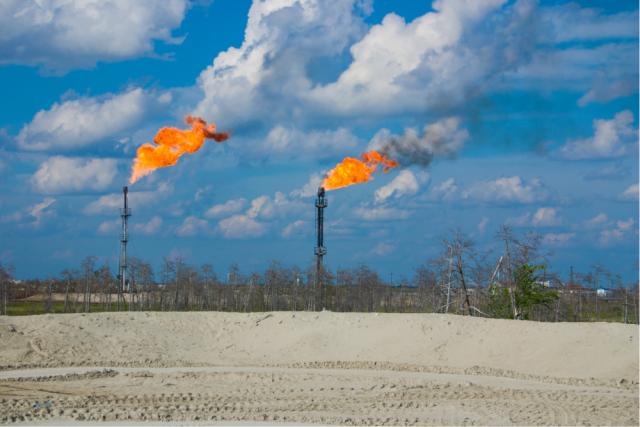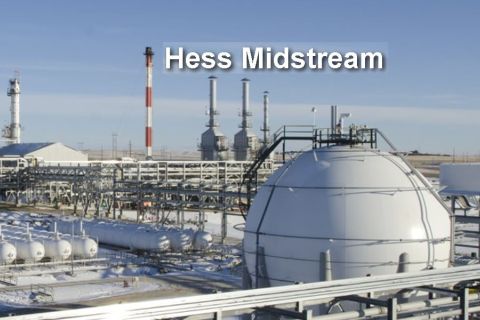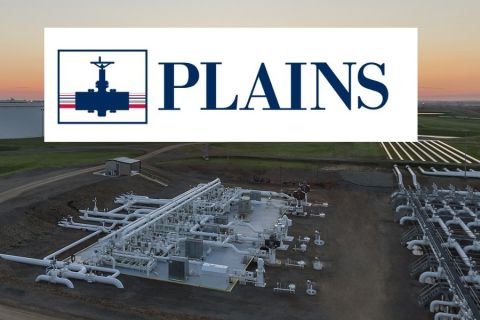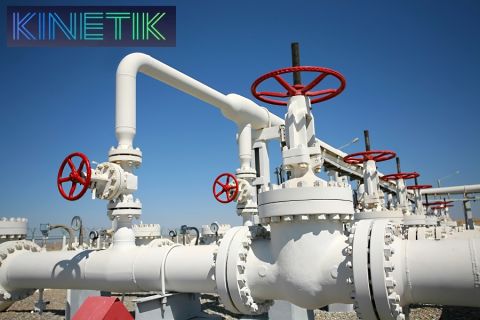
(Source: Shutterstock.com)
The Texas Railroad Commission is accepting comments on proposed changes to regulation regarding a rule that allows oil and gas companies to flare gas.
The comment period, which runs through Sept. 4, opened following the RRC’s approval Aug. 4 of draft changes to the Statewide Rule 32 exception data sheet.
Statewide Rule 32 states that all gas—whether from a well, gathering system, plant or other handling equipment—must be used. The rule, which aims to prevent waste, specifically prohibits flaring of associated gas from initial completion beyond 10 producing days. However, companies may request an exception.
As explained by the RRC, draft changes to the rule’s application include reducing the amount of time an operator may get an administrative exception to flare gas. In some instances, this could be a 50% to 80% reduction. Currently, flaring permits are issued administratively for 45 days at a time for a maximum of 180 days, and longer extensions may be granted through a commission final order.
“Today, we took an important first step in ensuring we have the data necessary to get an accurate view of the scope of flaring in Texas,” RRC Chairman Wayne Christian said in a news release Aug. 4. “Since the downturn, the rate of flaring has gone down with more than 99.5 percent of the gas produced in the month of May sold and beneficially used to generate electricity, cook dinner, or make hundreds of consumer products. Now is the opportune time to implement meaningful recommendations to reduce flaring before oil and gas production climbs back to previous highs.”
The draft changes, which are open to a 30-day comment period, would also require operators provide more specific information to justify the need to flare or vent gas. Flares would be restricted to specific production properties to facilitate compliance with reported production. To encourage use of technologies aimed at reducing flaring, the state would also extend incentives to operators, according to the RRC.
In addition, the proposed changes incorporate recommendations of the Blue Ribbon Task Force. A key component of the task force’s recommendation is a matrix identifying when flaring is necessary with a shortened timeline for administrative action along with best practices among other suggestions.
RELATED: Coalition Gives Texas Oil Regulators Blueprint to Reducing Flaring
Before changes become effective, commissioners must approve the final version of changes to the Statewide Rule 32 exception datasheet.
The move comes as flaring has steadily gained attention in recent years amid ESG concerns and finding value. Higher oil production in the state, led by the Permian Basin, led to rising levels of flared gas. However, flaring statewide has recently been decreasing.
The rate of flaring, defined as the ratio of gas flared to gas produced, dropped 79% to 0.47% in May 2020 from 2.27% in June 2019, according to Paul Dubois, assistant director of technical permitting in the RRC’s oil and gas division. During that time frame, gas production fell by about 13% to 735 Bcf, while the volume of gas flared dropped about 82% to 3.5 Bcf.
Speaking during the RRC meeting Aug. 4, Dubois said two-thirds of the decrease in the rate of flaring happened between February and May. At the time, the oil and gas industry was responding to low energy prices by slowing production and shutting in wells.
“While the data do tell us that the rate of flaring has decreased, the data do not tell us why,” Dubois said.
“It could be that decreased production has eased gas gathering and processing bottlenecks,” he added. “In addition, a decrease in drilling activity may have resulted in a reduction in flaring associated with well completion. And it could also be that industry is tightening its flaring operations.”
In addition to the proposed changes to the datasheet, RRC staff are also developing an online system for flaring and venting program permitting data analysis and compliance and looking into revisions to the production reporting system.
“Combined, these three pieces—the revised data sheet, an online system and revised production reporting—will provide improved data transparency and accessibility, providing a better platform for regulation, compliance assessment and policy formulation,” Dubois said.
Recommended Reading
Hess Midstream Announces 10 Million Share Secondary Offering
2024-02-07 - Global Infrastructure Partners, a Hess Midstream affiliate, will act as the selling shareholder and Hess Midstream will not receive proceeds from the public offering of shares.
Plains All American Names Michelle Podavin Midstream Canada President
2024-03-05 - Michelle Podavin, who currently serves as senior vice president of NGL commercial assets for Plains Midstream Canada, will become president of the business unit in June.
Matador Completes NatGas Connections in Delaware Basin
2024-03-25 - Matador Resources completed natural gas pipeline connections between Pronto Midstream to San Mateo Midstream and to Matador’s acreage in the Delaware Basin.
Hess Midstream Subsidiary to Buy Back $100MM of Class B Units
2024-03-13 - Hess Midstream subsidiary Hess Midstream Operations will repurchase approximately 2 million Class B units equal to 1.2% of the company.
Kinetik Holdings Enters Agreement to Pay Debt
2024-04-04 - Kinetik Holdings entered an agreement with PNC Bank to pay down outstanding debt.






